MASAMI TERAOKA (b. 1936)
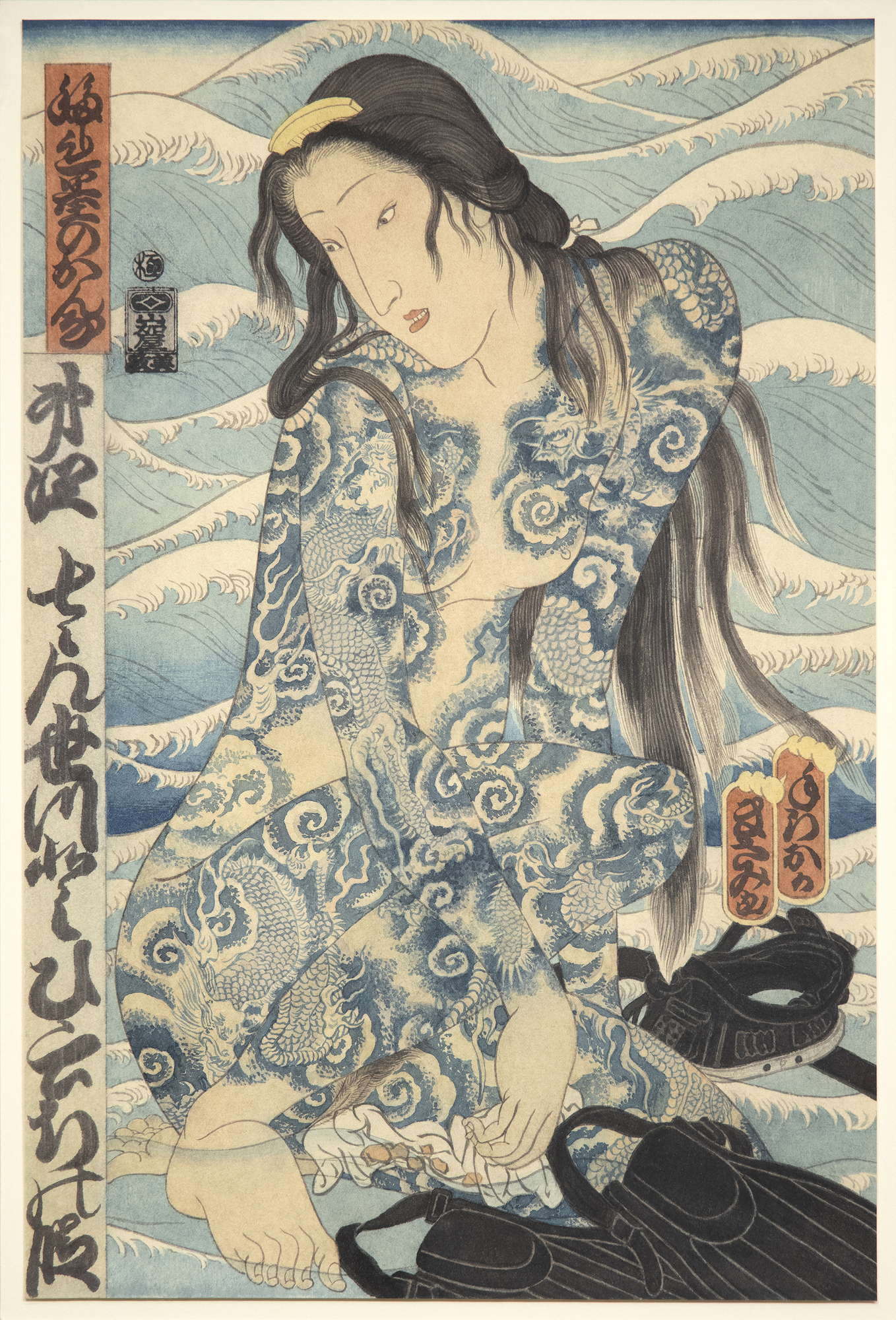
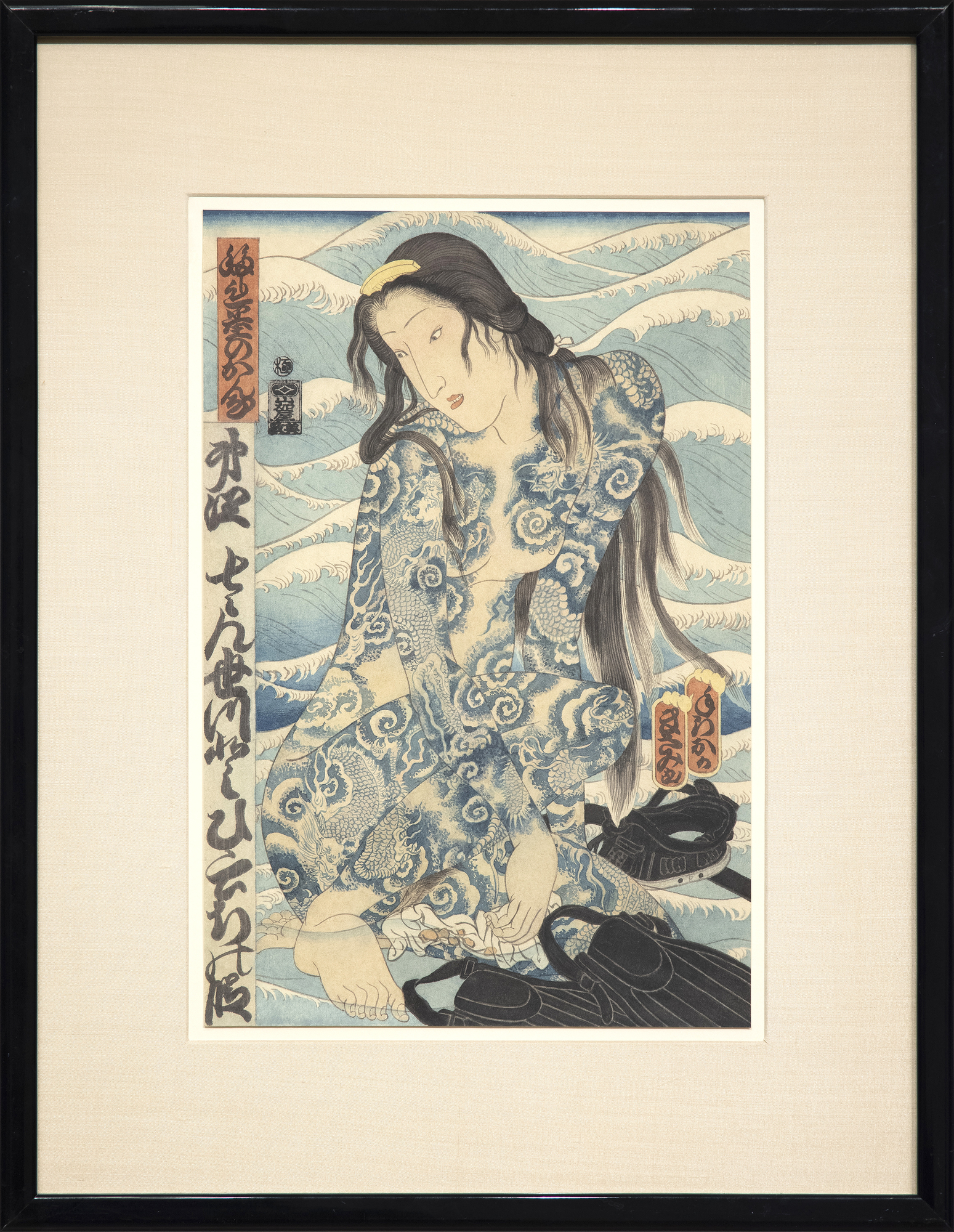
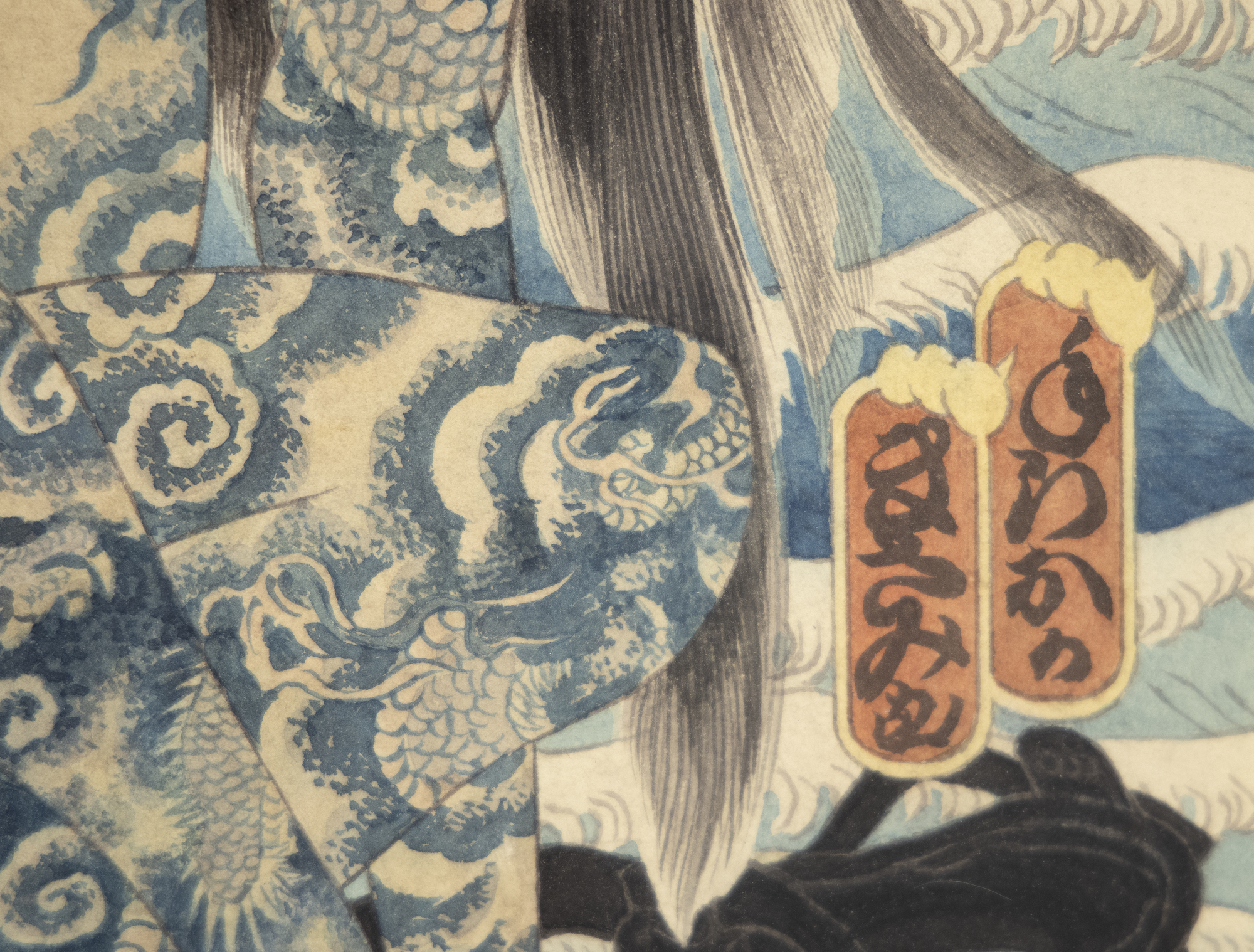
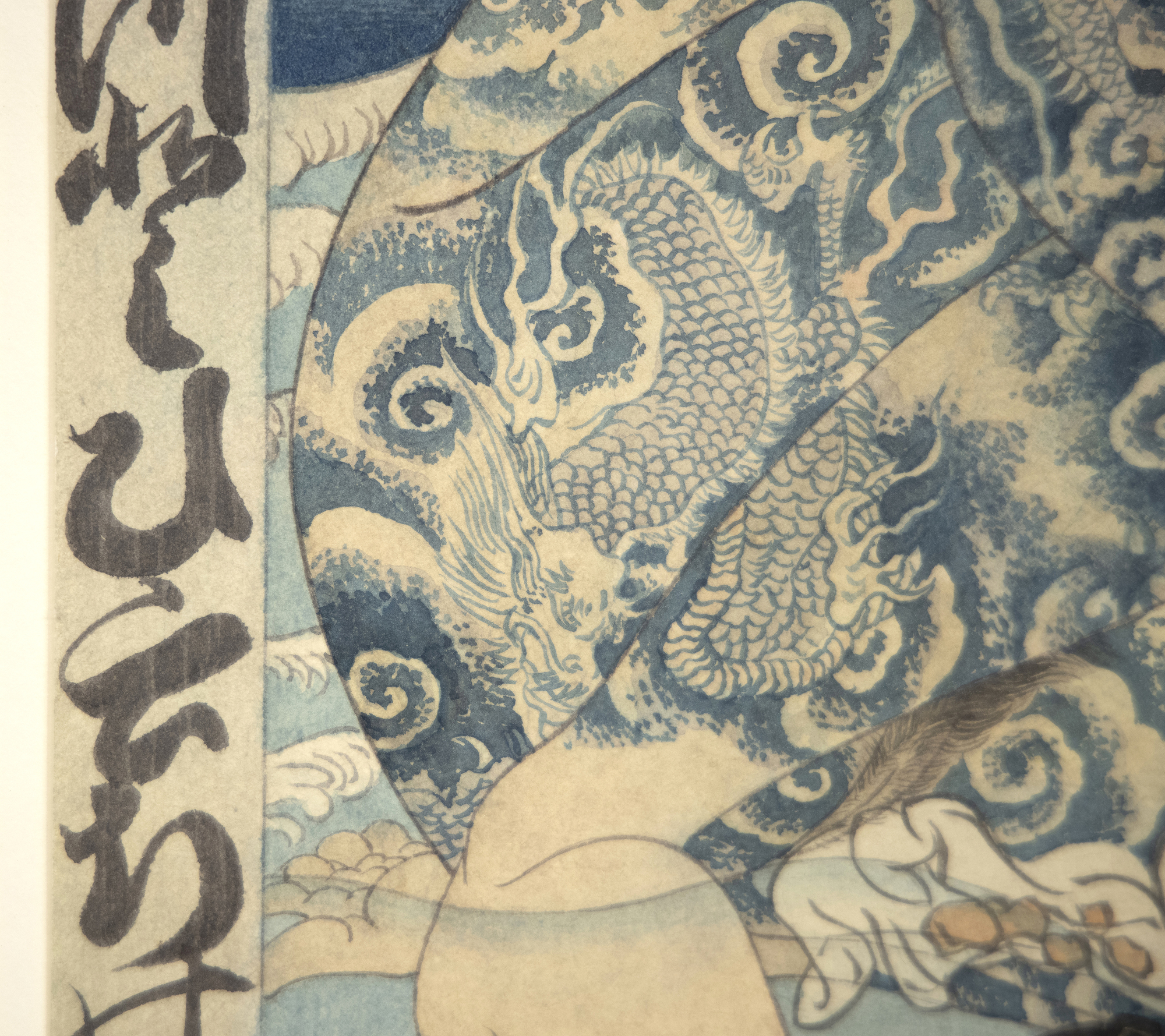
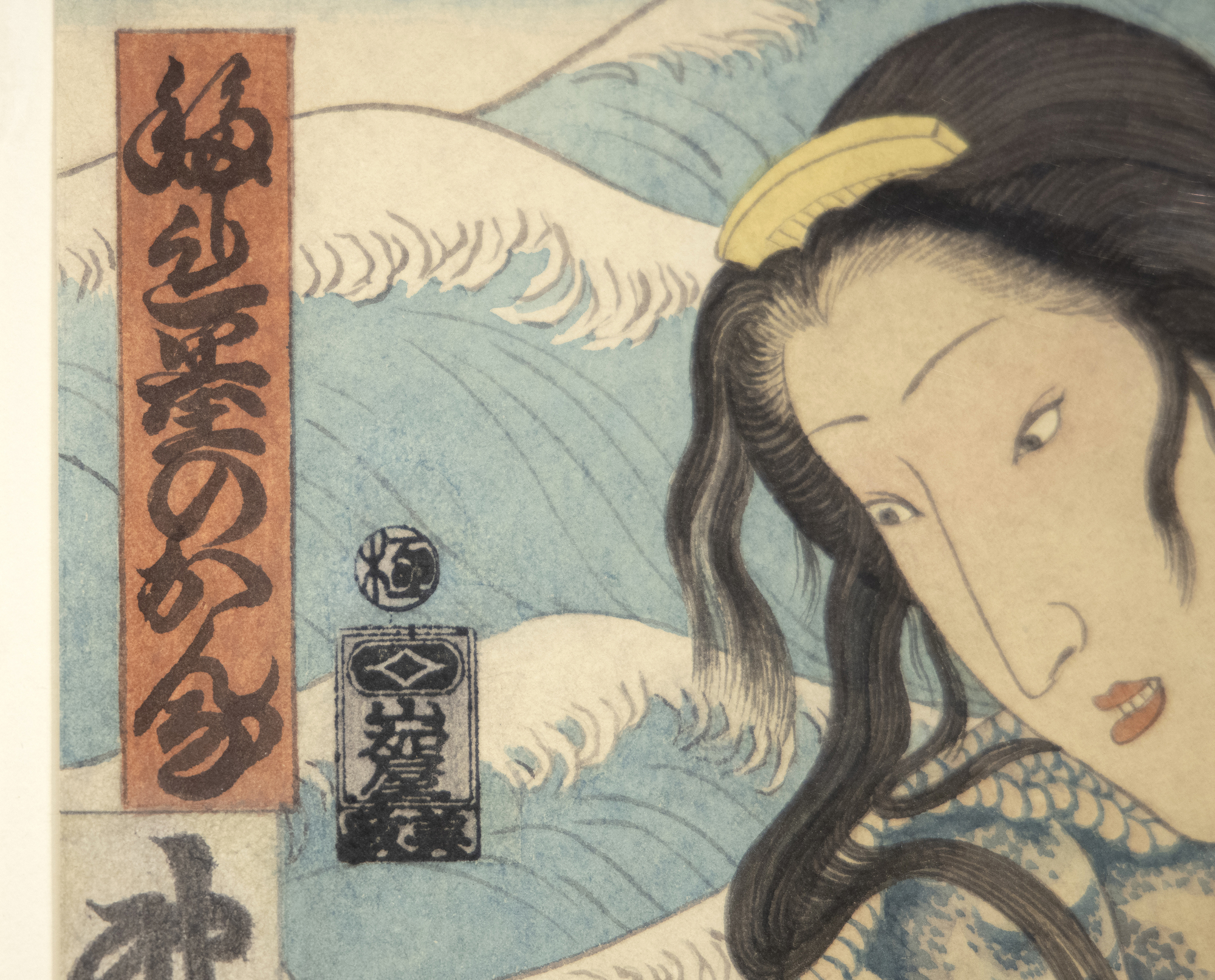
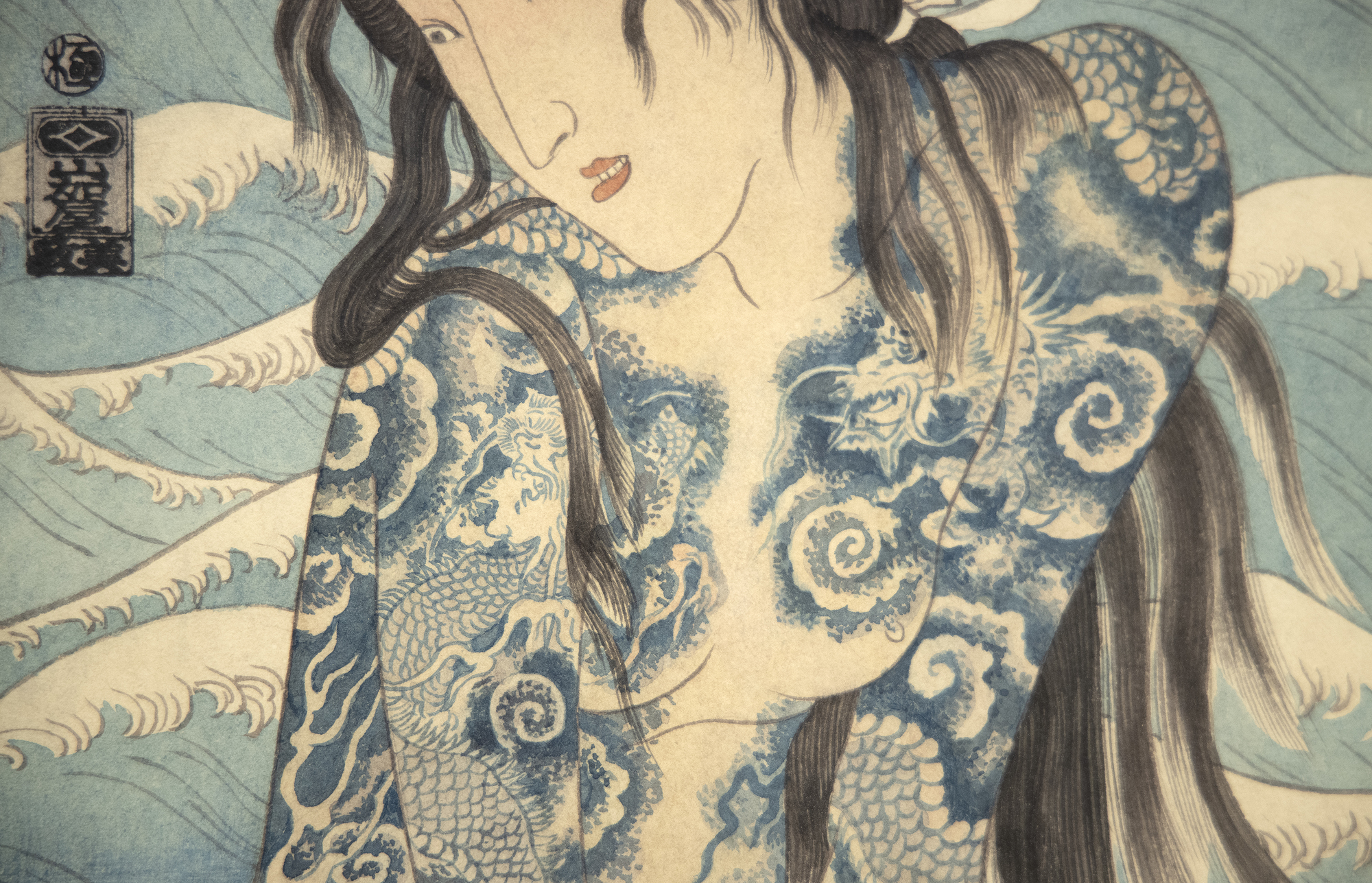
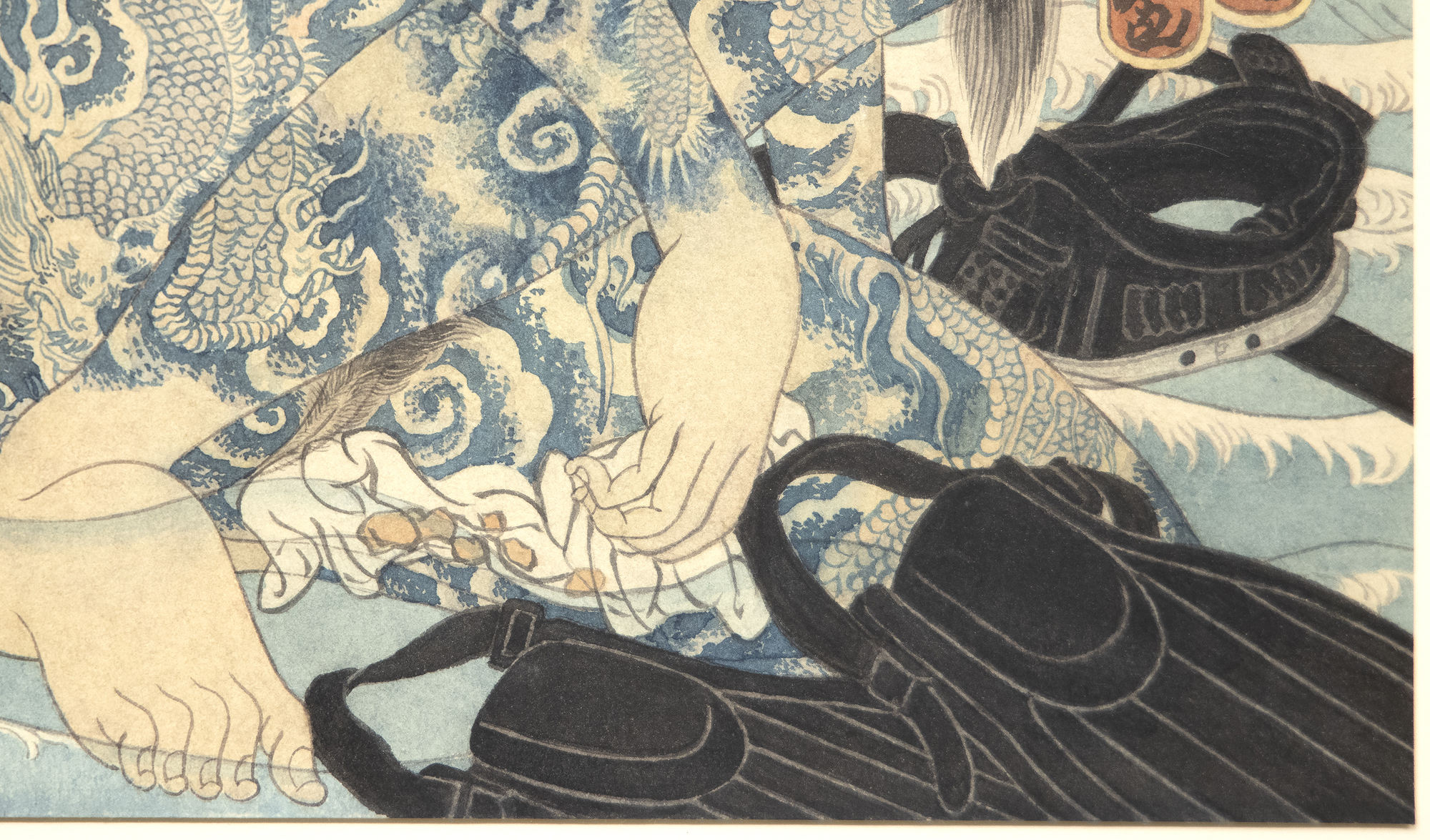
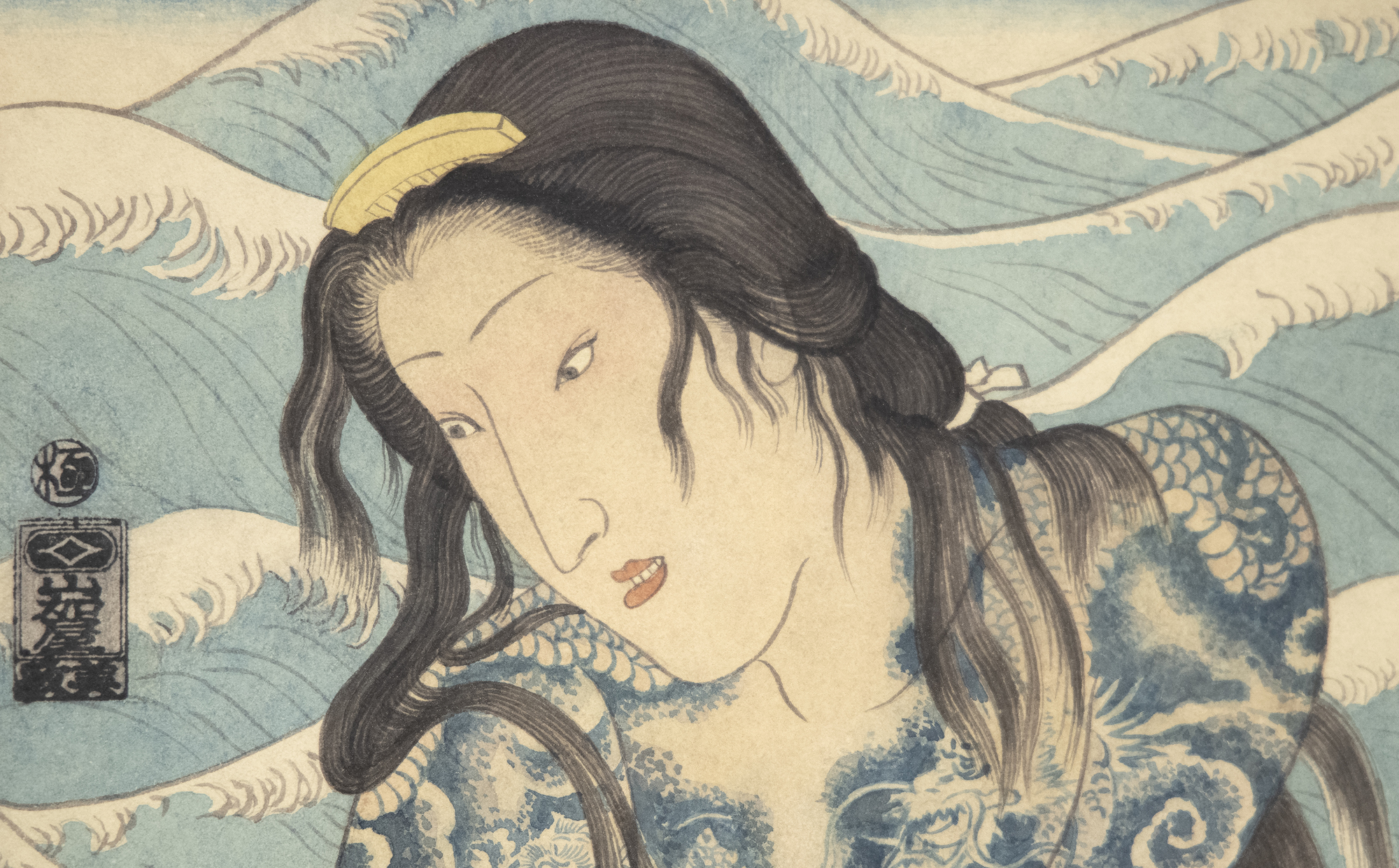
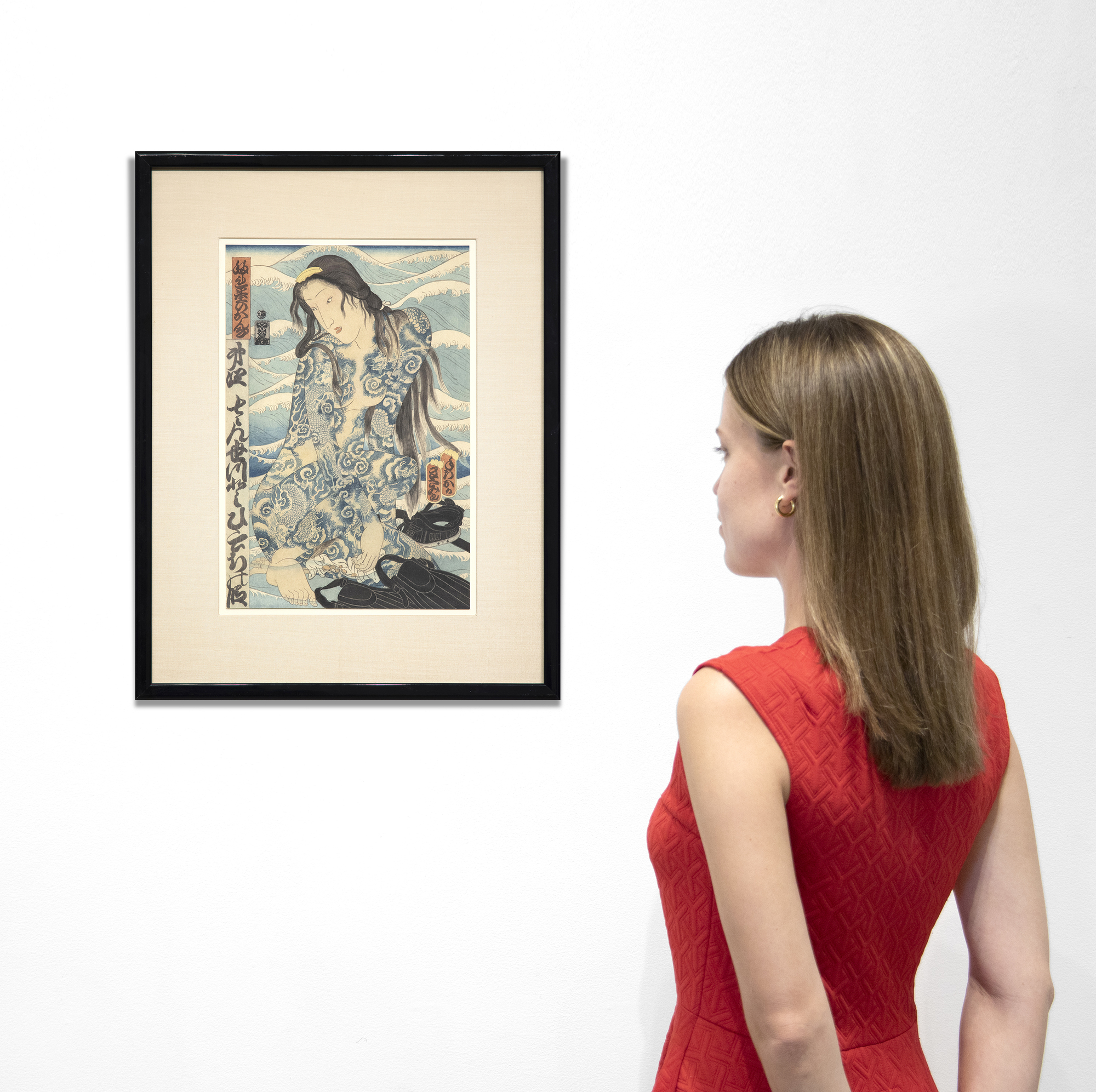
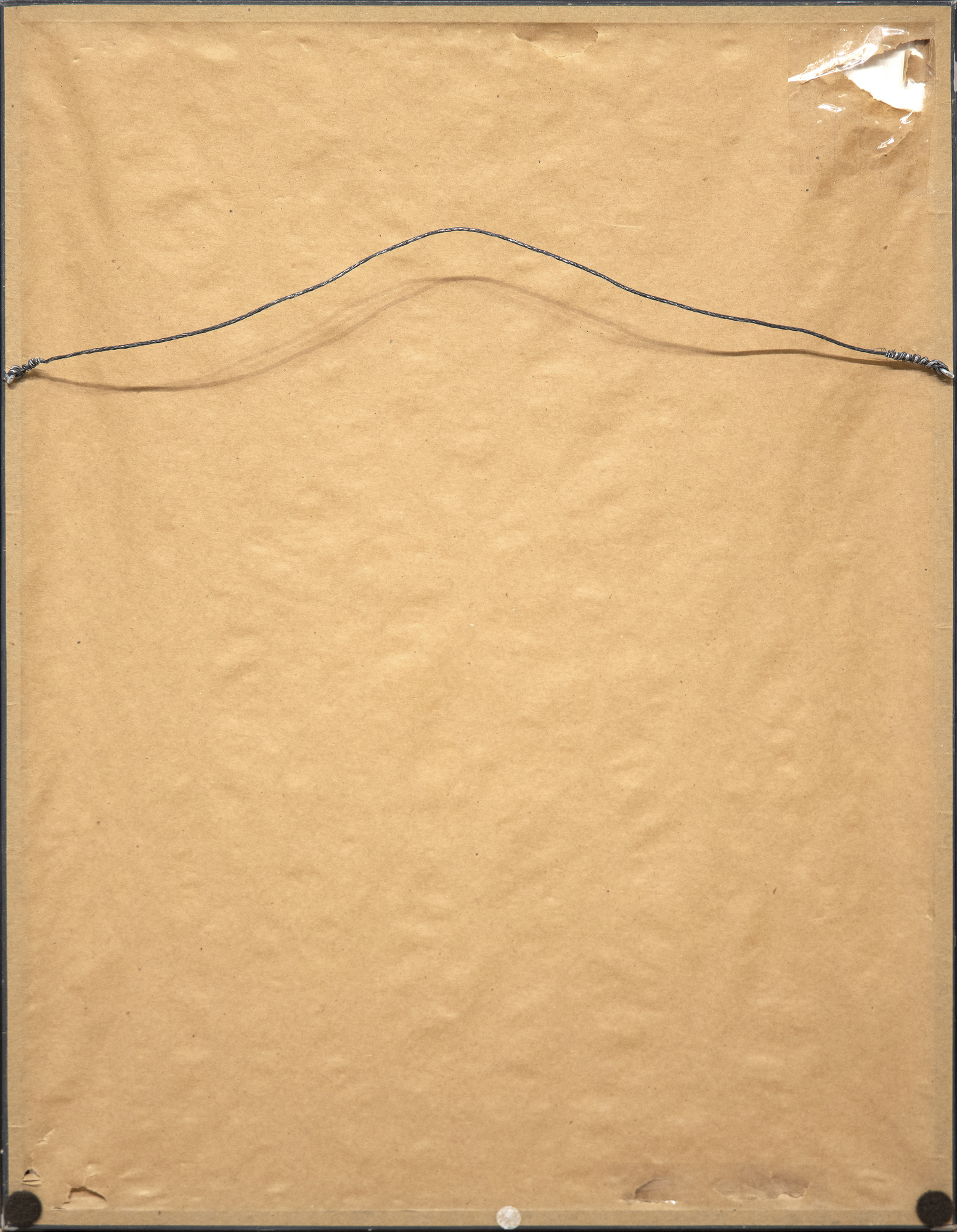
Provenance
Private CollectionLiterature
Teraoka, M., Hoffman, K., Heartney, E., Bing, A., & Clark, C. (2012), Ascending chaos: The art of Masami Teraoka 1966-2006, San Francisco, Calif: Chronicle Books LLC, illustrated70,000
Teraoka’s pieces blend humor and social commentary. He has often touched upon subjects as diverse and urgent as the AIDs crises, consumerism, the attacks on September 11th, and more. Teraoka notes of his own work, “Integrating reality with fantasy, humor with commentary, and history with the present became my challenge.”
Works by Teraoka can be found in the Tate Modern, the Metropolitan Museum of Art, the San Francisco Museum of Modern Art, the Smithsonian, the Los Angeles County Museum of Art, the Walker Art Center, and more.


